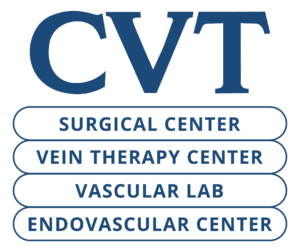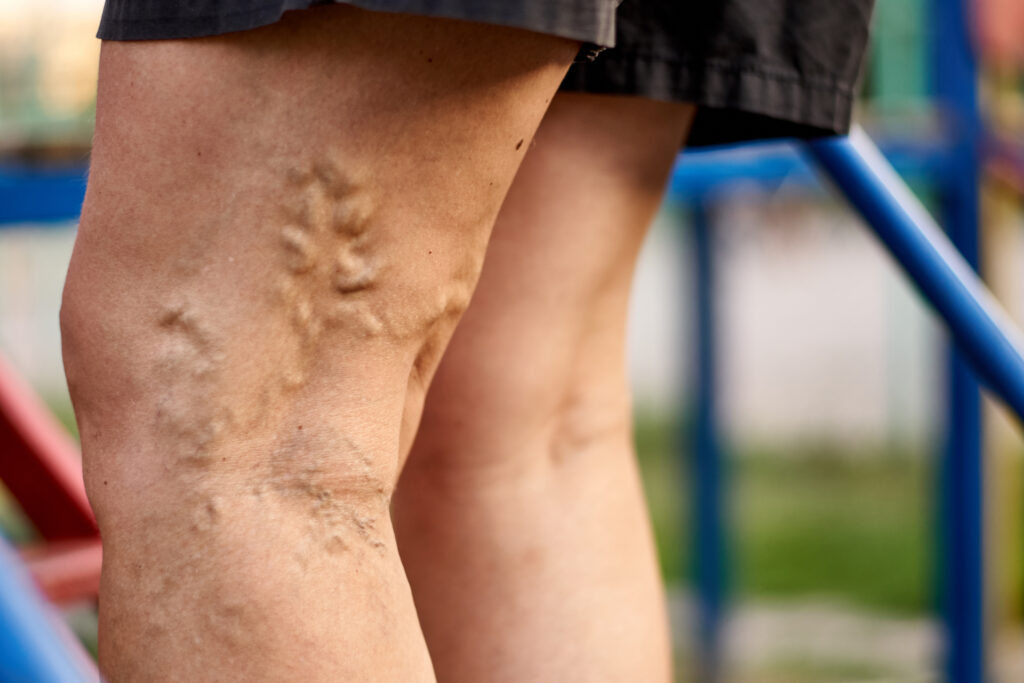Veins are thin-walled structures that keep your blood flowing in one direction. When veins are damaged, they can hinder your circulatory system by allowing blood to collect and flow in a backward fashion. This creates an unusually high buildup of pressure which can lead to venous disease – a common condition that affects millions of people worldwide. Venous disease refers to any condition that affects the veins in the body, most commonly in the legs. It can cause discomfort, pain and even lead to serious complications such as blood clots.
Causes of Venous Disease
Venous disease can be caused by a variety of factors, including:
- Genetics – some people may inherit a genetic predisposition to venous disease
- Age – as people age, their veins become less elastic and may develop weaker valves, which can contribute to venous disease
- Pregnancy – pregnant individuals may develop venous disease due to increased pressure on the veins in the legs
- Obesity – excess weight can put pressure on the veins, leading to venous disease
- Inactivity – a sedentary lifestyle can weaken the veins and contribute to venous disease
- Smoking – those who smoke have a higher risk of developing venous disease
Symptoms of Venous Disease
The symptoms of venous disease can vary depending on the severity of the condition, but some of the most common include:
- Swelling in the legs and ankles
- Aching or heavy feeling in the legs
- Varicose veins (enlarged, twisted veins)
- Skin changes, such as darkening or thickening
- Itching or burning in the affected area
- Leg ulcers (in severe cases)
Treatment Options for Venous Disease
Some of the most common treatment options for venous disease include:
- Compression stockings – these can help improve blood flow in the legs and reduce swelling
- Lifestyle changes – losing weight, exercising regularly and avoiding prolonged periods of sitting or standing can help prevent or manage venous disease
- Medications – certain medications, such as blood thinners or anti-inflammatory drugs, may be prescribed to manage symptoms of venous disease
- Sclerotherapy – a minimally invasive procedure that involves injecting a solution into the affected vein(s), which causes it to collapse and be reabsorbed by the body
- VenaSeal Ablation – a non-thermal, minimally invasive procedure that utilizes a medical adhesive to close and seal off varicose veins, providing relief from symptoms and improving blood flow without the need for heat or anesthesia.
- Microincision/ambulatory phlebectomy – surgical procedure that involves removing the affected vein(s) through small incisions in the surface of the skin
- Vein stripping – surgical procedure that involves removing the affected vein(s) through a series of small incisions
- ClosureFast™ and Venclose – procedures that offer minimally invasive solutions using radiofrequency energy to uniformly heat the vein walls, triggering collagen contraction and subsequent sealing. By closing the affected leg veins, blood flow is redirected to healthier veins, promoting optimal circulation.
Venous Disease Treatment at CVT
At CVT Surgical Center, our practice is committed entirely to providing the most advanced treatment of vascular issues, including venous disease. CVT Surgical Center has been a leader in the care of vascular disorders since 1957. Drs. Mike Davis, Michael Conners, James McNeil, Gulrez Mahmood and Matthew Abate provide state-of-the-art management of all aspects of vascular disease.

